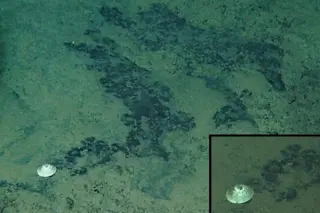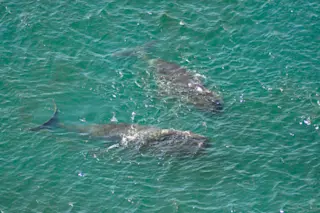The tsunami in the Indian Ocean last December that killed nearly 300,000 people and shattered the lives of millions also offered the world an indelible demonstration of how much energy a wave can carry. Geologists estimate the underwater earthquake that triggered the tsunami unleashed a force greater than all the explosives detonated in World War II. That much energy—6 trillion watt-hours—breaks on the world's coastlines every two hours or so. Capture it all and you could power 5 million American households for a year.
Offshore, even more free energy rolls in swells. Tony Trapp, managing director of Engineering Business Ltd. in England, calculates that capturing just 1 to 2 percent of global wave power—the share he considers recoverable—could supply 13 percent of the world's current demand for electricity.
The bonanza is so obvious that inventors have dreamed of harnessing ocean waves for more than two centuries. In 1799 a French ...













